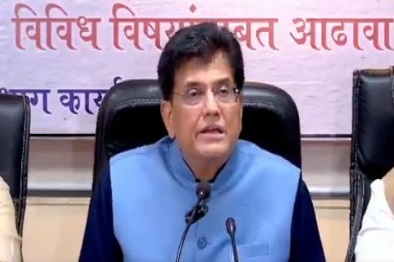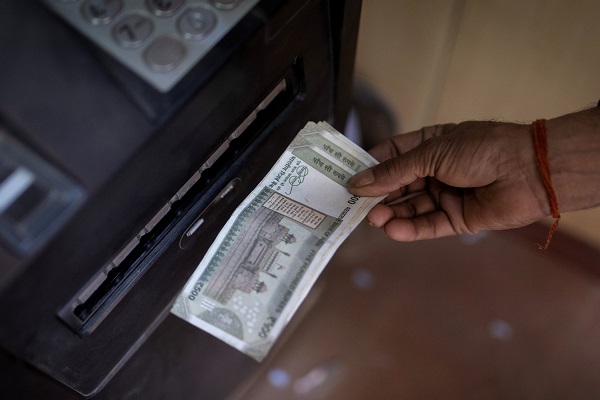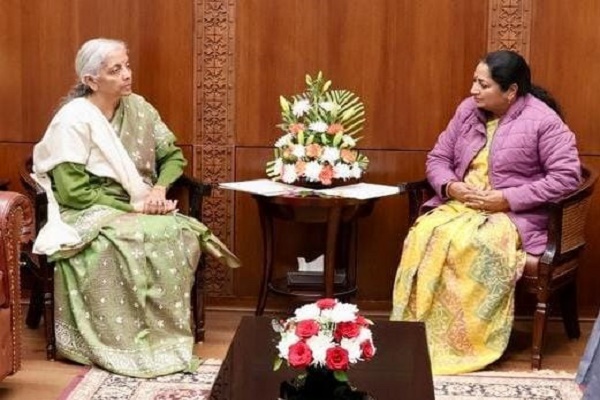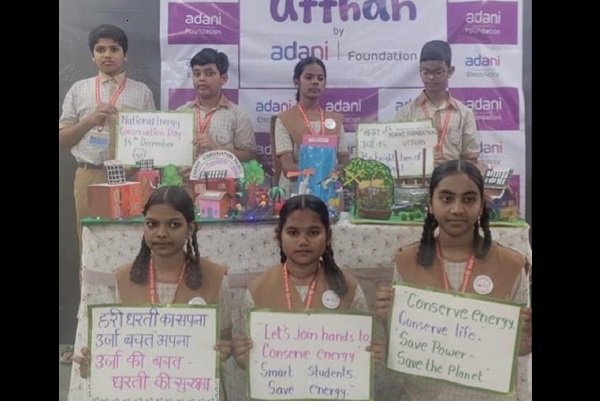India`s banking sector slated for key turnaround in Q3

The third quarter (Q3) of FY26 is likely to mark a turning point for India’s banking sector, as net interest margins (NIMs) are expected to stabilise and earnings begin to recover, a new report said on Thursday.
This positive outlook is supported by easing funding costs, the upcoming reduction in the Cash Reserve Ratio (CRR), and normalisation of credit costs, according to data compiled by Motilal Oswal Financial Services.
As part of this recovery, private sector banks are showing impressive resilience in maintaining lending yields despite multiple repo rate cuts by the Reserve Bank of India (RBI).
The report highlights that private banks have been able to raise their spreads on fresh loans -- helping them protect profitability in a low-rate environment.
In May 2025, the weighted average lending rate (WALR) on fresh loans for private banks rose by 7 basis points month-on-month, the report stated.
This increase reflects strong pricing strategies and credit demand. The spread on fresh rupee loans over the repo rate for private banks has reached its highest level since August 2022 -- now at 415 basis points.
This indicates that the lenders are not only navigating the policy changes effectively but also maintaining healthy margins through strategic loan repricing.
Private banks also outperformed in terms of WALR on outstanding loans. While the system-wide WALR on outstanding loans fell slightly to 9.67 per cent in May, private lenders saw a 2 basis point increase -- bucking the trend.
On the funding side, deposit rates are beginning to decline gradually. The weighted average term deposit rate (WATDR) for private banks slipped slightly to 7.19 per cent in May, with further reductions expected as banks implement savings and term deposit rate cuts ranging from 20 to 100 basis points.
The full benefit of these reductions is likely to materialise in the second half of the fiscal year -- easing funding pressures, as per the report.
According to Motilal Oswal, while NIMs may remain under pressure in the near term, they are expected to bottom out by the second or third quarter of FY26.
The planned phased CRR cut from September 2025 is expected to inject about Rs 2.5 lakh crore of durable liquidity into the banking system -- further supporting margin recovery.
Credit costs are also expected to decline as asset quality stabilises, particularly in the retail and microfinance segments.
“This improvement will further support the earnings recovery anticipated in the latter half of FY26,” the report added.




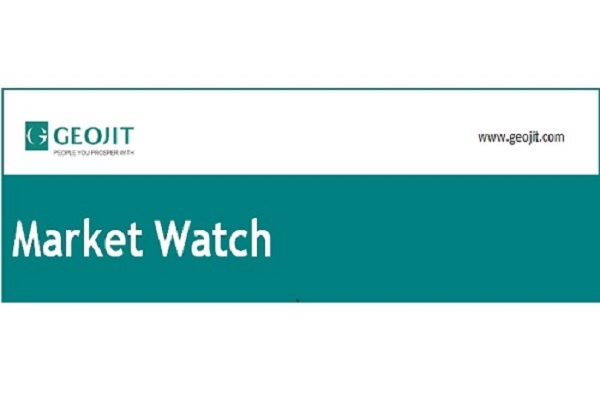
.jpg)

.jpg)
.jpg)






